A clubfoot, or talipes equinovarus 1 (TEV), is a birth defect The foot is twisted in (inverted) and down Without treatment, persons afflicted often appear to walk on their ankles, or on the sides of their feet It is a common birth defect, occurring in about one in every 1,000 live births Approximately 50% of cases of clubfeet are bilateralClubfoot is a fairly common birth defect occurring in 1 out of every 1,000 births Clubfoot in babies, which can happen in one or both feet, develops inside the womb A severe form of clubfoot is when the foot or feet are turned inward and pointed downwardHome / Community / Pregnancy Issues / ultrasound showed my baby Might have CLUB FOOT!

Congenital Talipes Equinovarus Radiology Reference Article Radiopaedia Org
Baby clubfoot ultrasound
Baby clubfoot ultrasound- Clubfoot is a congenital anomaly that causes the inward and downward twisting of a baby's feet A family history of clubfoot, maternal smoking, or low amniotic fluid volume may increase the risk of this disorder The affected child may have trouble walking and develop problems such as arthritis or calluses on foot We found out our little one has a right clubfoot at our week ultrasound They had us back a month later for a growth scan and to get better pictures This time a different ObGyn said the other foot might have a slight club as well, but couldn't Latest 2 months ago karissajanae 1 Tenotomy just before Christmas




Cultureshift Club Foot How To Apologize Ultrasound
Clubfoot also can be discovered in utero (while the baby is still in the mother's womb) during an ultrasound An ultrasound is a type of imaging used to look at babies in the womb It is routine for a woman to have an ultrasound during herClubfoot is usually easily diagnosed at birth during your baby's physical examination, and includes 1 or both feet that Turn inward and downward, and will not straighten Are slightly smaller than normal Calf muscle slightly smaller than normal The condition can sometimes be diagnosed before birth during an ultrasound examinationClubfoot is present in approximately 1 in 1000 live births in the United States The percentage of clubfoot varies greatly with ethnicity Age Clubfoot is congenital It is observable at birth and ultrasound may be used to diagnose it prenatally Gender Clubfoot is more common in males with the maletofemale ratio at approximately 251
Her right foot will turn in towards her other foot and will sit up like she's walking on the outside of her foot The toes will probably be splayed too (as we saw in the ultrasound) Bluenpinkmom Expecting baby # 2 Hi everyone We are devastated at our week ultrasound At one angle we are thrilled we are having a little boy and that now we have one of each But the ultrasound results have snatched our little happiness away They think heHow did you go through treatment?
At birth, club foot was found in 79 feet in 43 infants for a positive predictive value of % Most of the time, a baby's clubfoot is diagnosed during a prenatal ultrasound before they are born About 10 percent of clubfeet can be diagnosed as early as 13 weeks into pregnancyCasting A baby's tendons bend and stretch very easily, so doctors are able to turn the clubfoot in the right direction to help correct the problem They gently move the foot into a position Clubfoot is a birth defect that causes a child's foot to point inward instead of forward The condition is normally identified after birth, but doctors can also tell if an unborn baby has




Current Management Of Clubfoot Congenital Talipes Equinovarus The Bmj




Pin On Radio Female
Club foot present as an inturn of one foot or both feet Diagnosis The condition can be diagnosed inutero via ultrasound or at birth Visual identification of club foot is all that is needed for diagnosis Treatment There are two treatments currently used to treat club foot – the Ponseti Method and surgeryClubfoot can be diagnosed by ultrasound (sonogram) examination before birth Approximately 10% of all clubfeet can be diagnosed by 13 weeks gestation, and about 80% can be diagnosed by 24 weeks gestation However, diagnosis based on ultrasound alone produces aClub foot was diagnosed by ultrasonography in 91 feet (52 fetuses) at a mean gestational age of 221 weeks (14 to 356) Outcome was obtained by chart review in 26 women or telephone interview in 26 Feet were classified as normal, positional deformity, isolated club foot or complex club foot
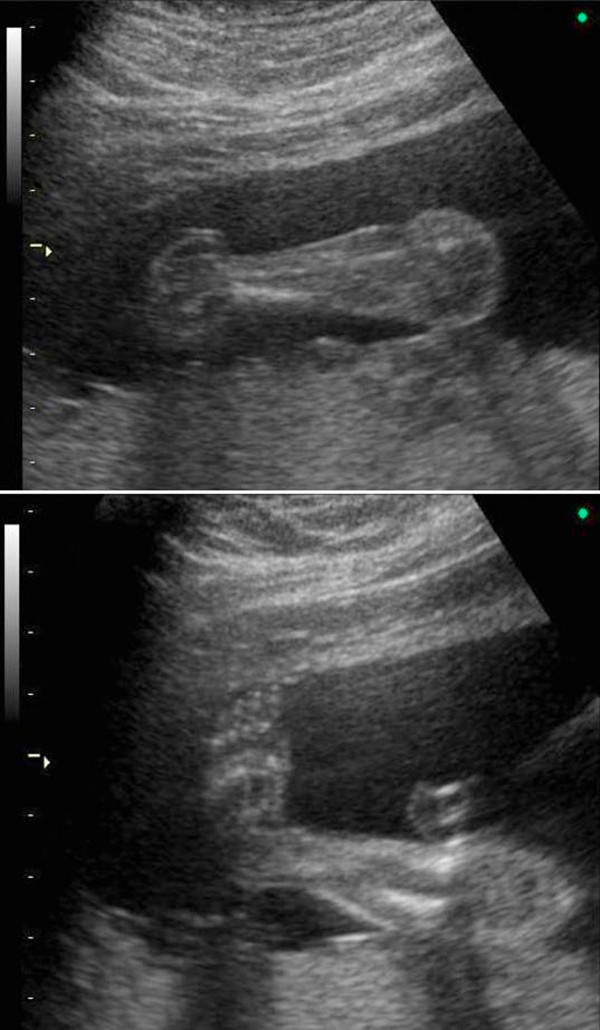



Embryo With Xyy Syndrome Presenting With Clubfoot A Case Report Cases Journal Full Text




My Baby Has A Club Foot Babycenter
Clubfoot and Clubfeet What You Need to Know Call for an appointment Clubfoot affects a baby's foot or feet In this handout, you will learn about clubfoot and clubfeet You will also learn about what causes clubfoot and how we treat it You can call the Fetal Care Program at MGHfC at CARE (2273) to schedule an appointmentTalipes Equinovarus or Clubfoot, to be confirmed with a full diagnostic ultrasound Risk factors include Sex Clubfoot is more common in males Family history If you, your spouse or your other children have had clubfoot, your baby is more likely to have it as well Smoking during pregnancyA clubfoot would not affect the course of the pregnancy, she said, and any effort to correct it would have to wait until after the baby was born Oh, sure, do nothing and forget all about it that is a realistic option, I thought bitterly




Correlations Between Physical And Ultrasound Findings In Congenital Clubfoot At Birth Sciencedirect




3 D Ultrasound Of Club Foot
A relatively common birth defect and typically an isolated problem for an otherwise healthy baby, clubfoot refers to a range of foot abnormalities in which the one or both of the baby's feet is twisted out of shape or position Clubfoot is diagnosed through ultrasound and can only be treated after birth with casting and/or reconstructive surgery Clubfoot is a fairly common birth defect and is usually an isolated problem for an otherwise healthy newborn Clubfoot can be mild or severe About half of children with clubfoot have it in both feet If your child has clubfoot, it will make it harder to walk normally, so doctors generally recommend treating it soon after birth At around 18 weeks, they do a more in depth ultrasound So they are measuring everything – heart, lungs, head, limbs etc But the ultrasound technician seemed to continually be going over his feet That is when I noticed that his one foot looked like a little different than the other This is how our clubfoot journey started over 5 years ago




Clubfoot Boston Children S Hospital
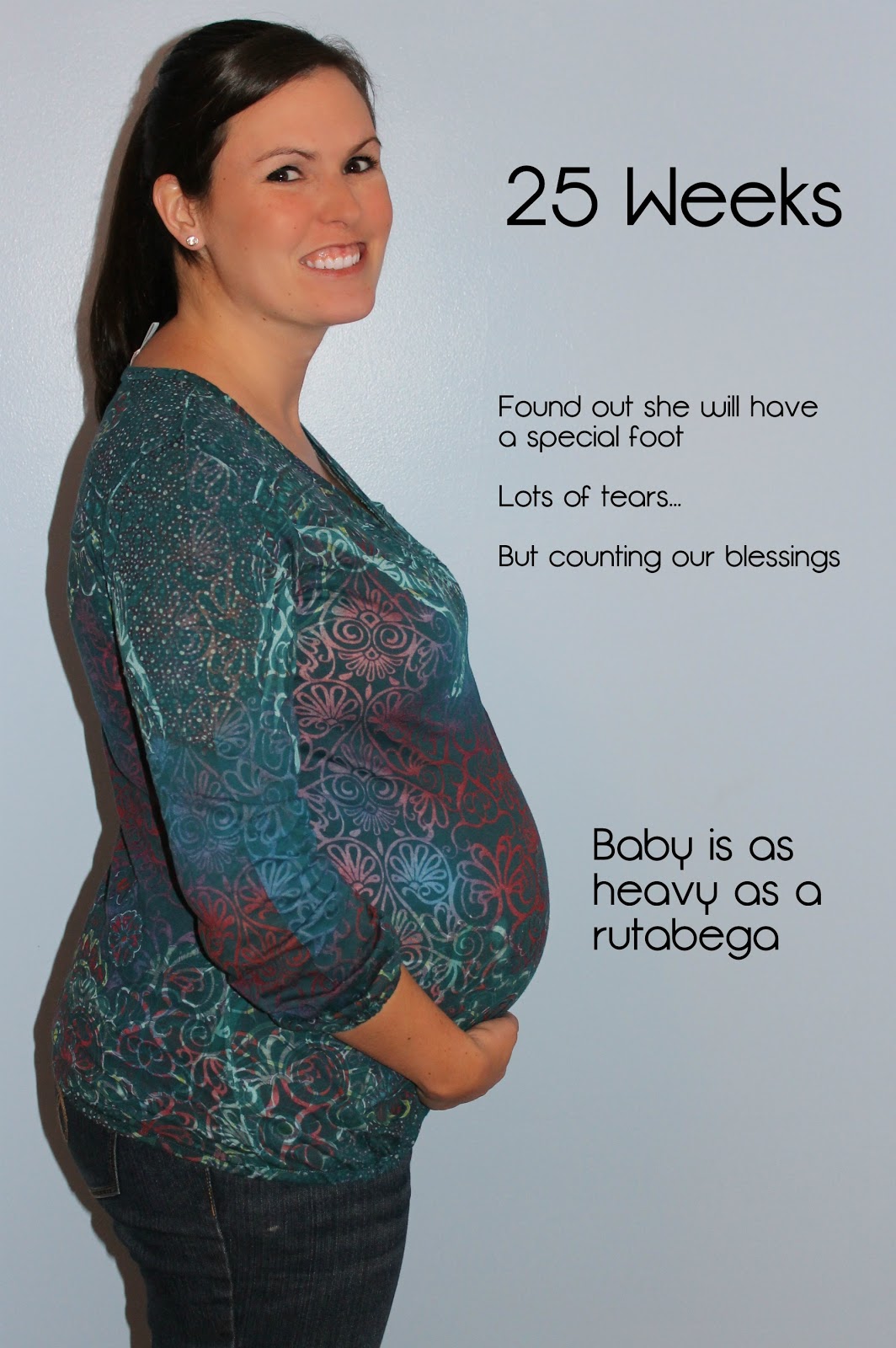



A Peachtree City Life An Update On Our Baby Girl Clubfoot
Clubfoot is a condition in which a child's foot points downward and twists inward The foot can sometimes look like the head of a golf club, giving the condition its name Affecting about 1 in 1,000 babies in the US, clubfoot is one of the most common birth defects, and boys are twice as likely as girls to have itAssociated abnormalities In >50% of cases the condition is isolated Chromosomal abnormalities common finding in trisomies 18 and 13 Commonly associated with prolonged oligohydramnios, brain abnormalities, spina bifida, skeletal and neuromuscular disorders More than 250 genetic syndromes include clubfoot as one componentClubfoot Clubfoot, also known as congenital talipes equinovarus , is a fairly common birth defect It occurs in about 1 out of every 750 to 1,000 live births This defect can occur in one or both feet About twice as many boys are affected than girls are The most severe form of clubfoot is characterized by the foot or feet being turned inward




Prenatal Ultrasound Diagnosis Of Club Foot The Bone Joint Journal
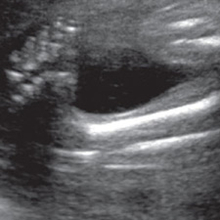



Tackling Talipes Early With A Team Approach Children S Hospital Of Philadelphia
Club foot affects the bones, blood vessels, muscles and tendons in the child's foot It can happen in one or both feet If the infant has bilateral club feet (both feet are involved), the soles of the feet face each other This condition affects one in every 1,000 births ItReply Add Friend Ignore Baby Mutilator 18 kids The doctor detected it on my 22 weeks ultrasound Now I am 38 weeks and the baby will come soon We also had this problem, that in Romania there are only just a few doctors trained with the Ponseti method so, we found a great doctor in Austria, in Wien His name is Dr Radler and he is focused on treating clubfoot babies




Cultureshift Club Foot How To Apologize Ultrasound




Clubfoot Causes Symptoms And Diagnosis
Club foot is a condition where a baby is born with one or both of their feet pointed down and twisted inwards with their soles facing out According to the NHS website, it happens because the Achilles tendon at the back of the ankle is too short It can affect just one foot or both Mom's Ultrasound Shows Baby Has A Clubfoot 7 Years Later She Makes The Call To Amputate It Family & Parenting Published When Macey was born, she had clubfoot So, at aClub foot is usually diagnosed after a baby is born, although it may be spotted during the routine ultrasound scan done between 18 and 21 weeks Diagnosing club foot during pregnancy means you can talk to doctors and find out what to expect after your baby is born



Clubfoot Symptoms Stages Definition Description Demographics Causes And Symptoms Diagnosis
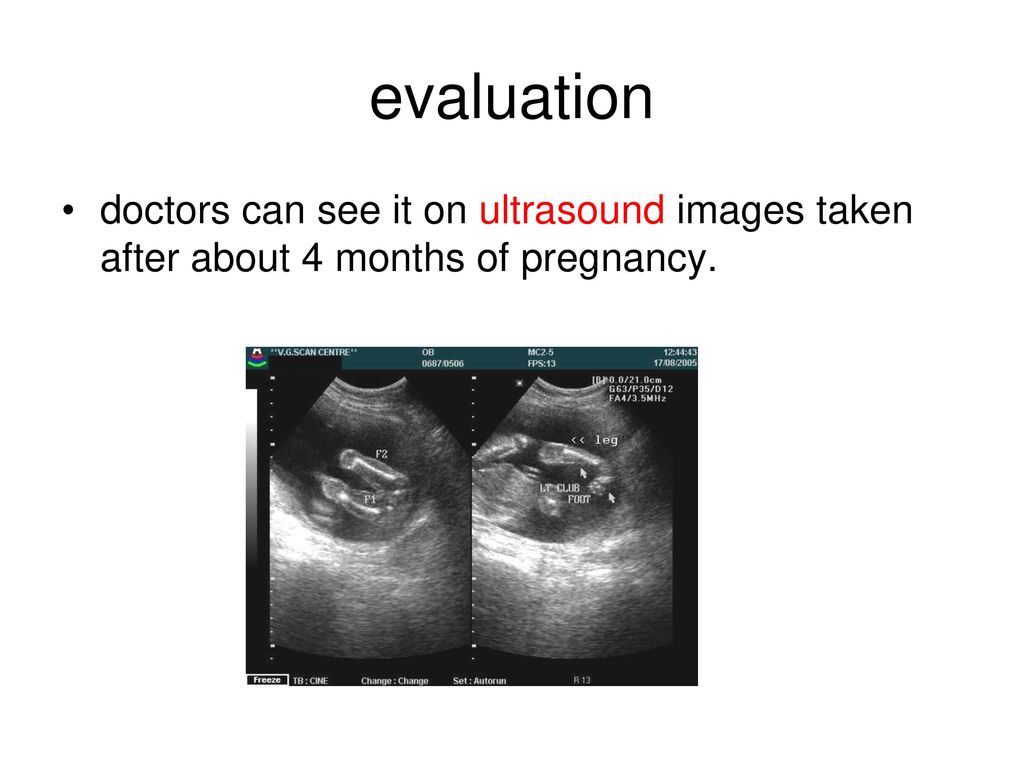



Club Foot Talipes Equinovarus Ppt Download
What is a club foot? Clubfoot is frequently found during the anatomy ultrasound (around weeks of pregnancy) when your doctor will be looking at your baby's anatomy in detail Most of the time, clubfoot is isolated However, your doctors will look carefully for any additional signs that may be suggestive of an underlying condition (such as a chromosome condition ) 11 Nov / 11 Can You Find Out If Your Baby Has Clubfoot with an Ultrasound?




Ultrasound Video Showing Fetal Club Foot And Soft Tissue Edema Youtube




Vairam 4d Scans A Case Of Right Club Foot Facebook
Occasionally, the doctor may request Xrays to fully understand how severe the clubfoot is, but usually Xrays are not necessary It's possible to clearly see some cases of clubfoot before birth during a baby's ultrasound examination If clubfoot affects both feet, it's Anatomy Ultrasound The anatomy scan is about much more than finding a penis The ultrasonographer will look systematically at your fetus to be sure that all is developing normally This is the time when congenital malformations are detected Some congenital malformations found on routine ultrasound include 13 Cleft lip/palate Club footULTRASOUND Diagnosis is based on demonstrating the tibia and fibula in the same plane as the lateral aspect of the foot, with the foot extended and inverted Persistent (true clubfoot), transient (fetus can transiently turn foot into a position that simulates clubfoot) or relapsing (resolves in one scan and recurs in followup scans)




Club Foot



Clubfoot Talipes Equinovarus And Clenched Hands Radiology Key
Most commonly, a doctor recognizes clubfoot soon after birth just from looking at the shape and positioning of the newborn's foot Occasionally, the doctor may request Xrays to fully understand how severe the clubfoot is, but usually Xrays are not necessary It's possible to clearly see most cases of clubfoot before birth during a routine ultrasound exam in week ofHow is your baby doing and did during treatment?After 2 inconclusive NIPTS, Club Foot at Anatomy scan Hi All I posted recently about having two inconclusive NIPTS due to low fetal fraction Genetic counselor suggested a 3rd with Natera this time instead of MaterniT Held lovenox for 24 hours and had 3rd draw today along w spina bifida labs Also had an early anatomy scan (am 16w2)




When Your Baby Has Clubfoot Answers For Expecting Parents Boston Children S Answers




Amazing Results In Clubfoot Treatment For Young Riwan Steps
I'm 21 weeks pregnant with a baby girl At 18 weeks on her ultrasound it shows my Polka has club foot in both feet Has anyone had a child with that deformity?Your doctor can often detect clubfoot by ultrasound in the second trimester Clubfoot is the most common foot deformity present at birth, occurring in approximately 1 in every 1,000 births Boys are twice as likely than girls to be born with a clubfoot and one or both feet may be affectedI'm very nervous I don't want my baby to go through any pain or hardships




How Parents And The Internet Transformed Clubfoot Treatment Shots Health News Npr




The Significance Of Prenatally Identified Isolated Clubfoot Is Amniocentesis Indicated American Journal Of Obstetrics Gynecology
Club foot can be detected in an unborn baby using an ultrasound scan However, it cannot be treated before birth However, it cannot be treated before birth If club foot is detected in the womb, you may have further tests to determine whether your baby has any other problems, such as restricted growth (see below)Most of the time, a baby's clubfoot is diagnosed during a prenatal ultrasound before they are born About 10 percent of clubfeet can be diagnosed as early as 13 weeks into pregnancy By 24 weeks, about 80 percent of clubfeet can be diagnosed, and this number steadily increases until birth A clubfoot would not affect the course of the pregnancy, she said, and any effort to correct it would have to wait until after the baby was born Oh, sure, do nothing and forget all about it




Clubfoot Versus Positional Foot Deformities On Prenatal Ultrasound Imaging Brasseur Daudruy Journal Of Ultrasound In Medicine Wiley Online Library




Correlations Between Physical And Ultrasound Findings In Congenital Clubfoot At Birth Sciencedirect
Prenatal ultrasound diagnosis of clubfoot is increasing Of 103 patients with clubfoot diagnosed at birth, 26 (252%) positive prenatal scans were identified with the earliest diagnosis being made at 15 weeks A questionnaire assessment indicated that 17 (654%) deemed that the explanation of the baby's condition was clear Signs of clubfoot are a lot less obvious on an ultrasound than they are after the child is born An obstetrician (OB) will suspect clubfoot if they see one or both feet in a certain position on the ultrasound (foot pointed downward and inward) Sometimes the foot may be positioned this way because there's not much room in the uterusUltrasound showed my baby Might have CLUB FOOT!
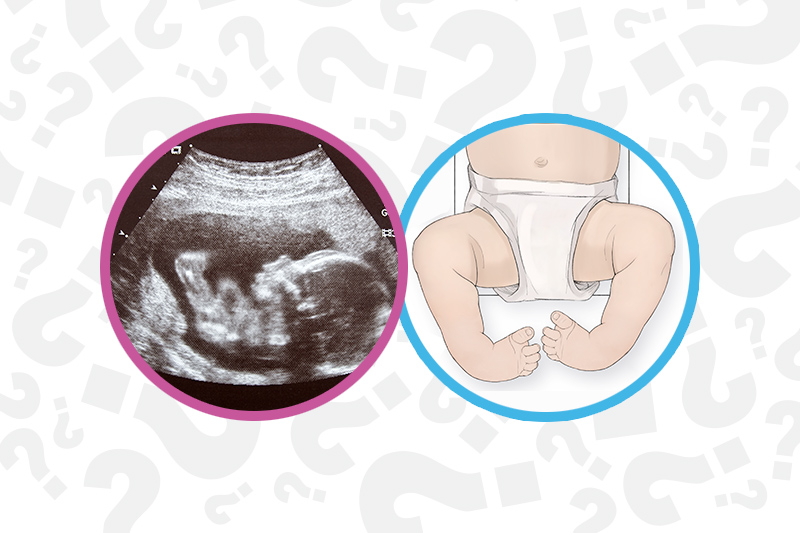



When Your Baby Has Clubfoot Answers For Expecting Parents Boston Children S Answers
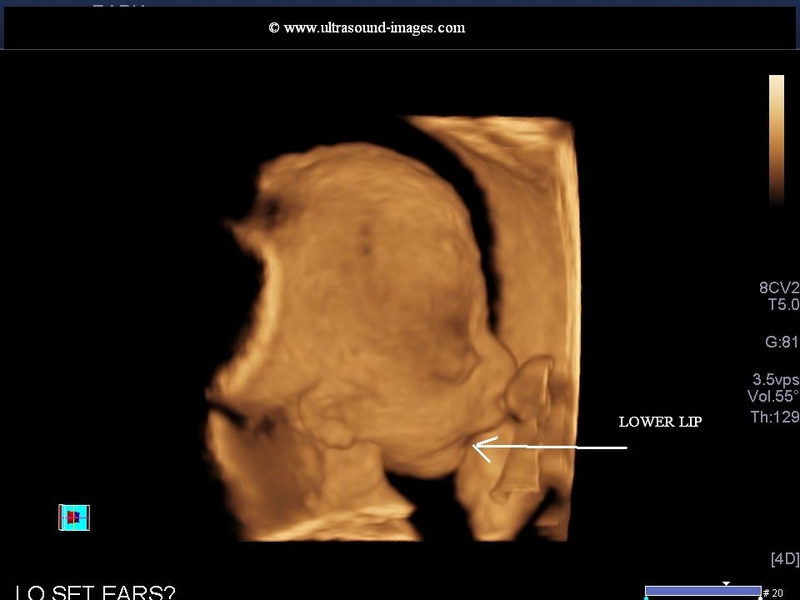



A Gallery Of High Resolution Ultrasound Color Doppler 3d Images Fetal Face And Neck
Clubfoot is usually diagnosed at the week ultrasound scan, which is a standard test in pregnancy Sometimes a midwife or paediatrician will diagnose clubfoot when a baby is born If your baby is diagnosed with clubfoot, you'll see a paediatric orthopaedic surgeon Sometimes children with clubfoot also have developmental dysplasia of the Over 50% of those born with clubfoot have it in both of their feet, so we are lucky it's just one! Clubfoot causes the front of the foot to turn inward and the heel to point down As many as four children out of every 1,000 are born with clubfoot Like about half of children with the condition, the ultrasound showed that Cheryl and Sue's baby would have clubfeet on both sides Questions and fears about clubfoot diagnosis The news came as
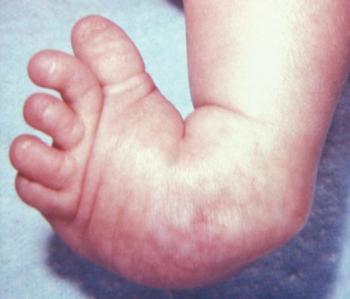



Clubfoot Causes And Treatments
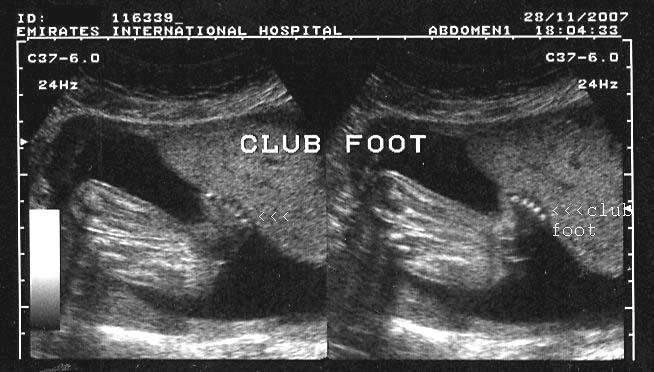



A Gallery Of High Resolution Ultrasound Color Doppler 3d Images Fetal Spine




Pdf Congenital Talipes Equinovarus A Case Report Of Bilateral Clubfoot In Three Homozygous Preterm Infants Semantic Scholar
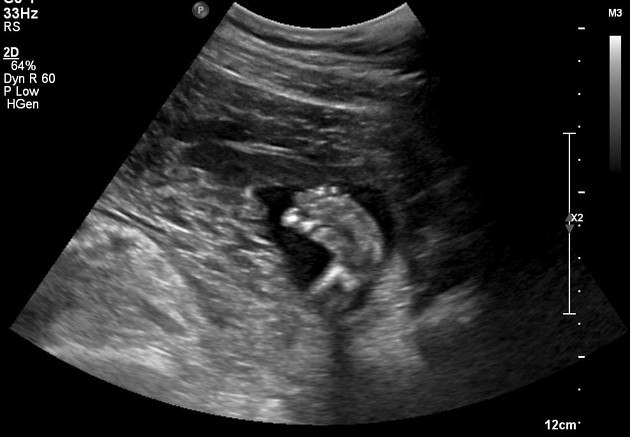



Congenital Talipes Equinovarus Antenatal Radiology Case Radiopaedia Org



Club Foot In Ultrasound Babycenter




Fetal Clubfoot Ultrasound Services In Ernakulam Ultrascan Centre Id



Clubfeet At 12 Weeks A Transabdominal Scan At 12 Weeks 4 Days Shows Download Scientific Diagram
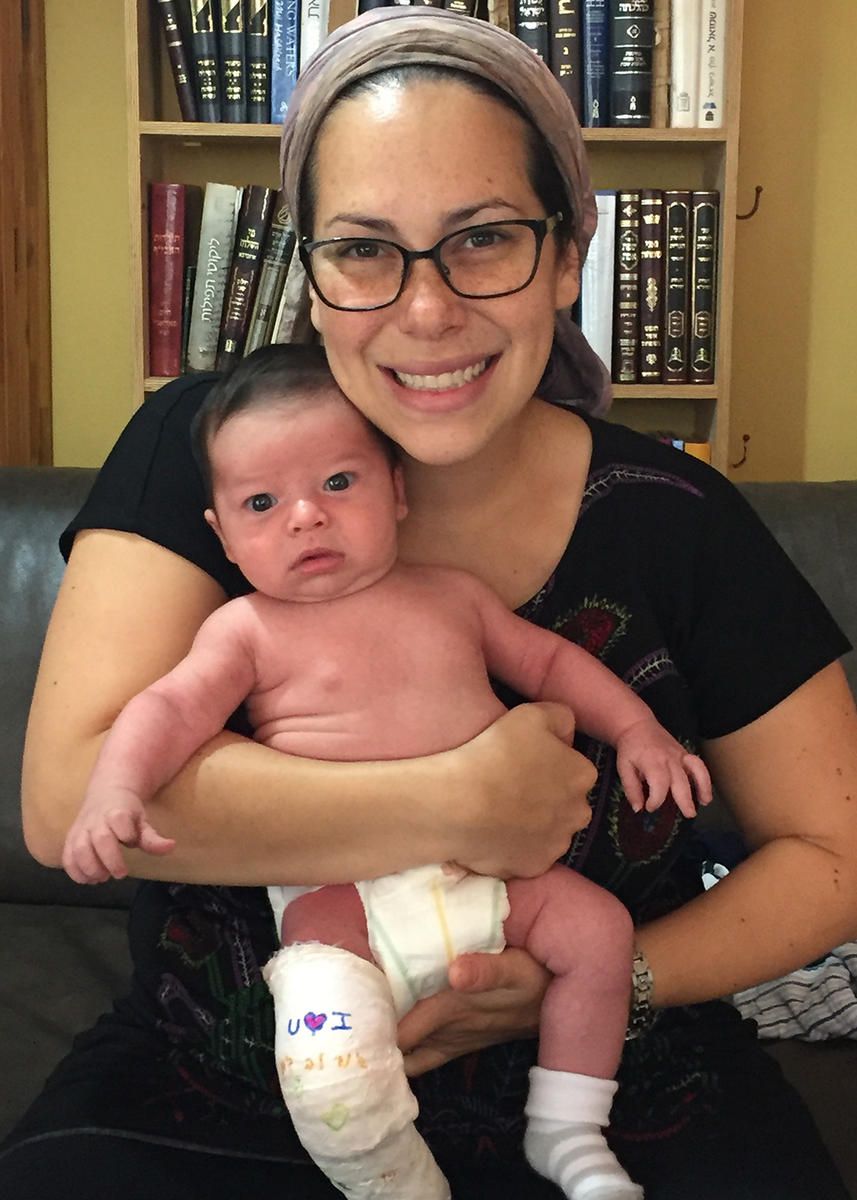



Overcoming Clubfoot One Mom S Story Parents




Clubfoot Versus Positional Foot Deformities On Prenatal Ultrasound Imaging Brasseur Daudruy Journal Of Ultrasound In Medicine Wiley Online Library
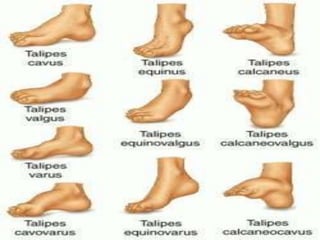



Club Foot
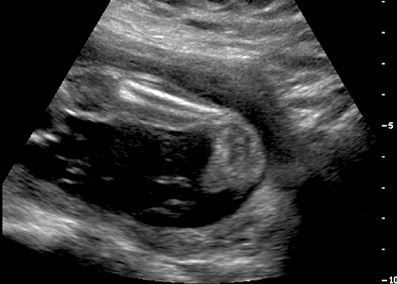



Clubfoot Congenital Talipes Equinovarus Pediatrics Orthobullets




June 3rd World Clubfoot Day
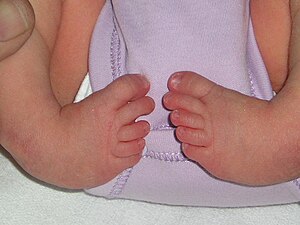



Clubfoot Wikipedia
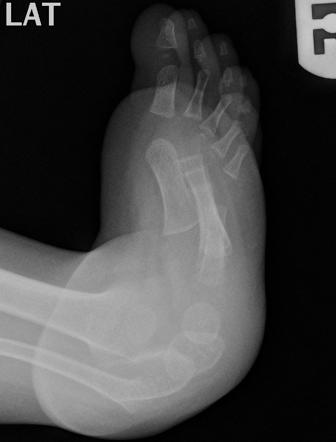



Clubfoot Congenital Talipes Equinovarus Pediatrics Orthobullets




Clubfoot At 22 Second Weeks Gestation The Forefoot Arrows Is Download Scientific Diagram




Ultrasound Club Foot December 19 Babies Forums What To Expect
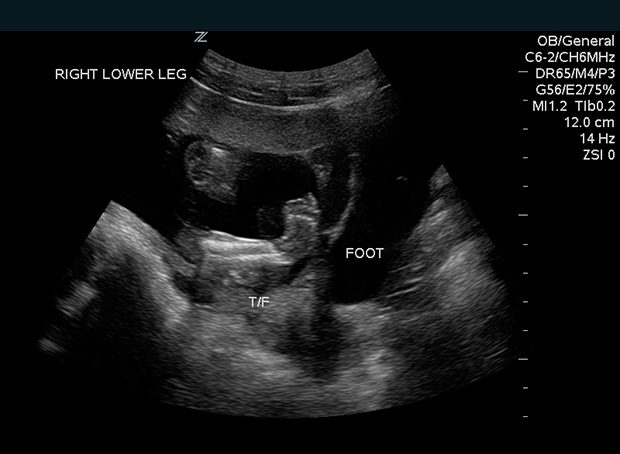



Club Foot




Ultrasound Video Showing Club Foot Fetal Anomaly Scan Youtube



1




Bilateral Congenital Talipes Equino Varus Deformity In Fetus Radiology Case Radiopaedia Org




Clubfoot Versus Positional Foot Deformities On Prenatal Ultrasound Imaging Brasseur Daudruy Journal Of Ultrasound In Medicine Wiley Online Library



Ssrd Interesting Cases Fetal Clubfoot Ultrasound Image 3d Image
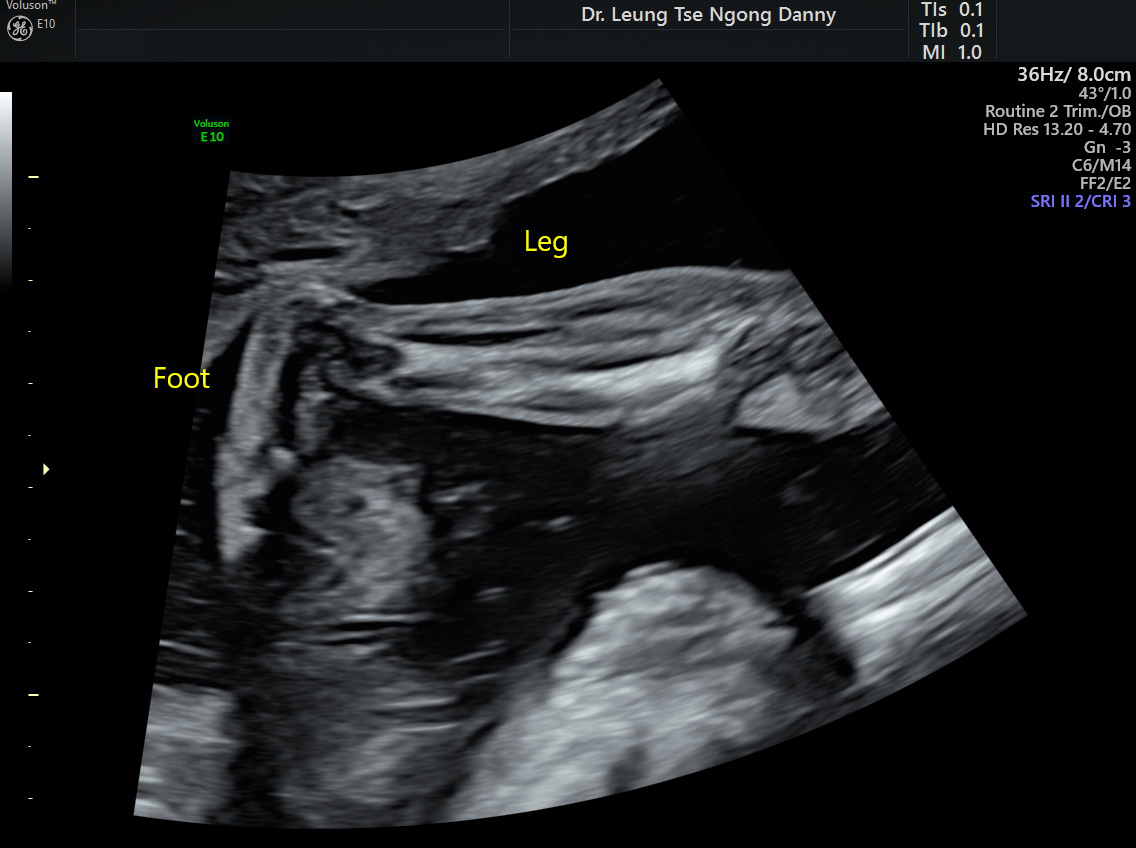



Club Foot Congenital Talipes Equinovarus Hkog Info




Clubfoot Versus Positional Foot Deformities On Prenatal Ultrasound Imaging Brasseur Daudruy Journal Of Ultrasound In Medicine Wiley Online Library
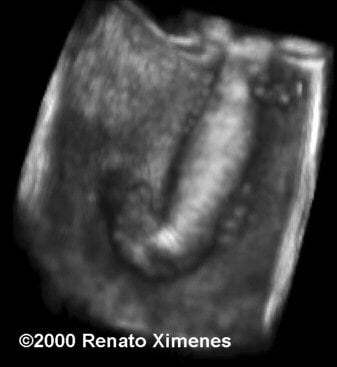



Club Foot 3d Rendering
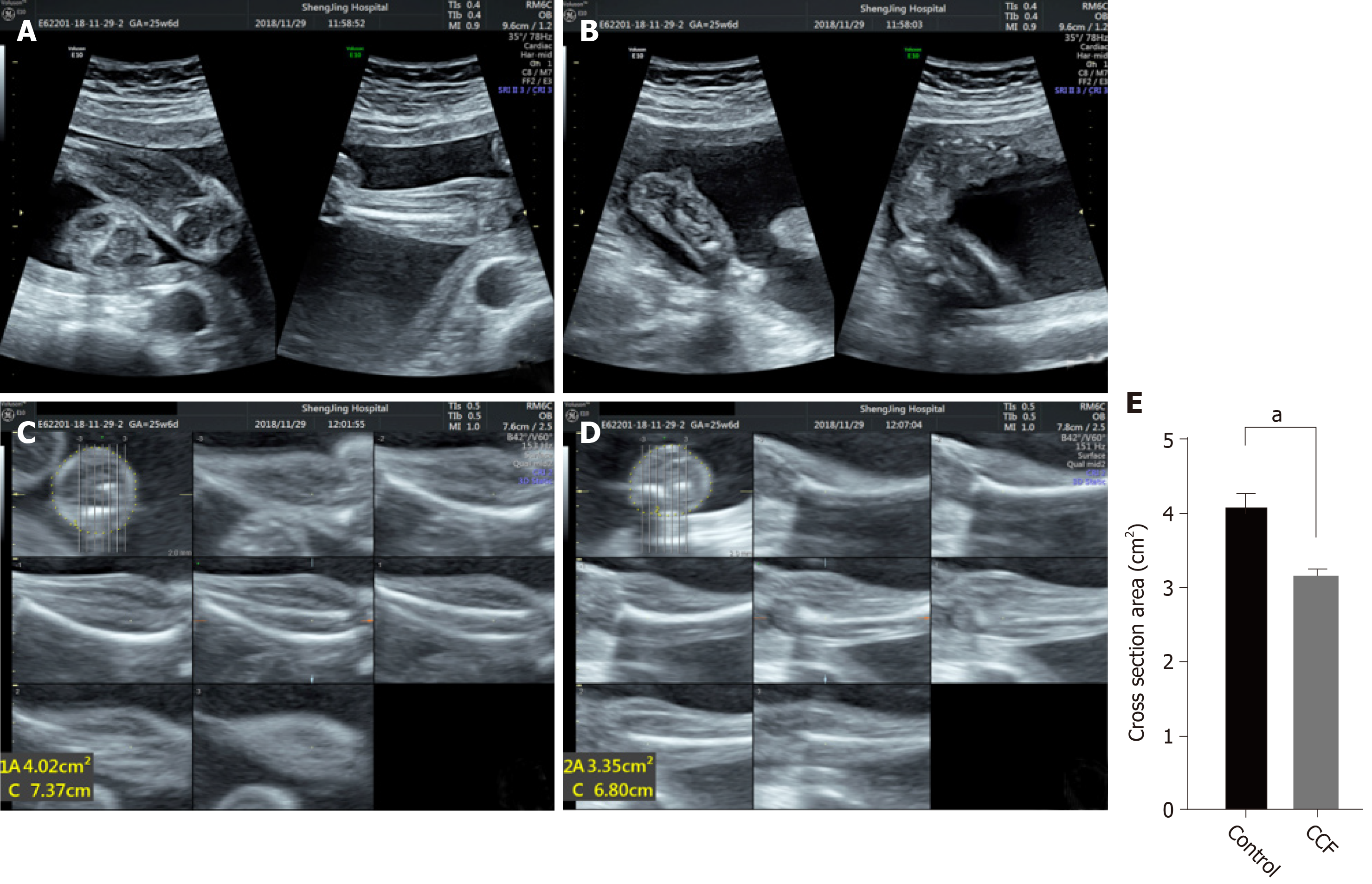



Taz And Myostatin Involved In Muscle Atrophy Of Congenital Neurogenic Clubfoot



Clubfoot Deformity Talipes Equinovarus




Clubfoot Versus Positional Foot Deformities On Prenatal Ultrasound Imaging Brasseur Daudruy Journal Of Ultrasound In Medicine Wiley Online Library
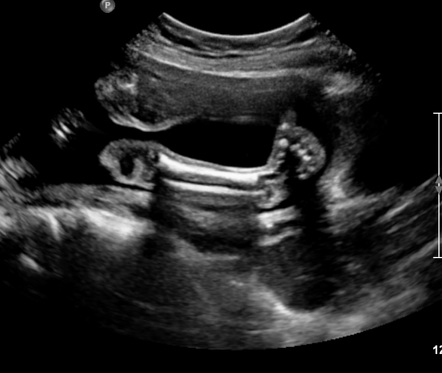



Congenital Talipes Equinovarus Radiology Reference Article Radiopaedia Org
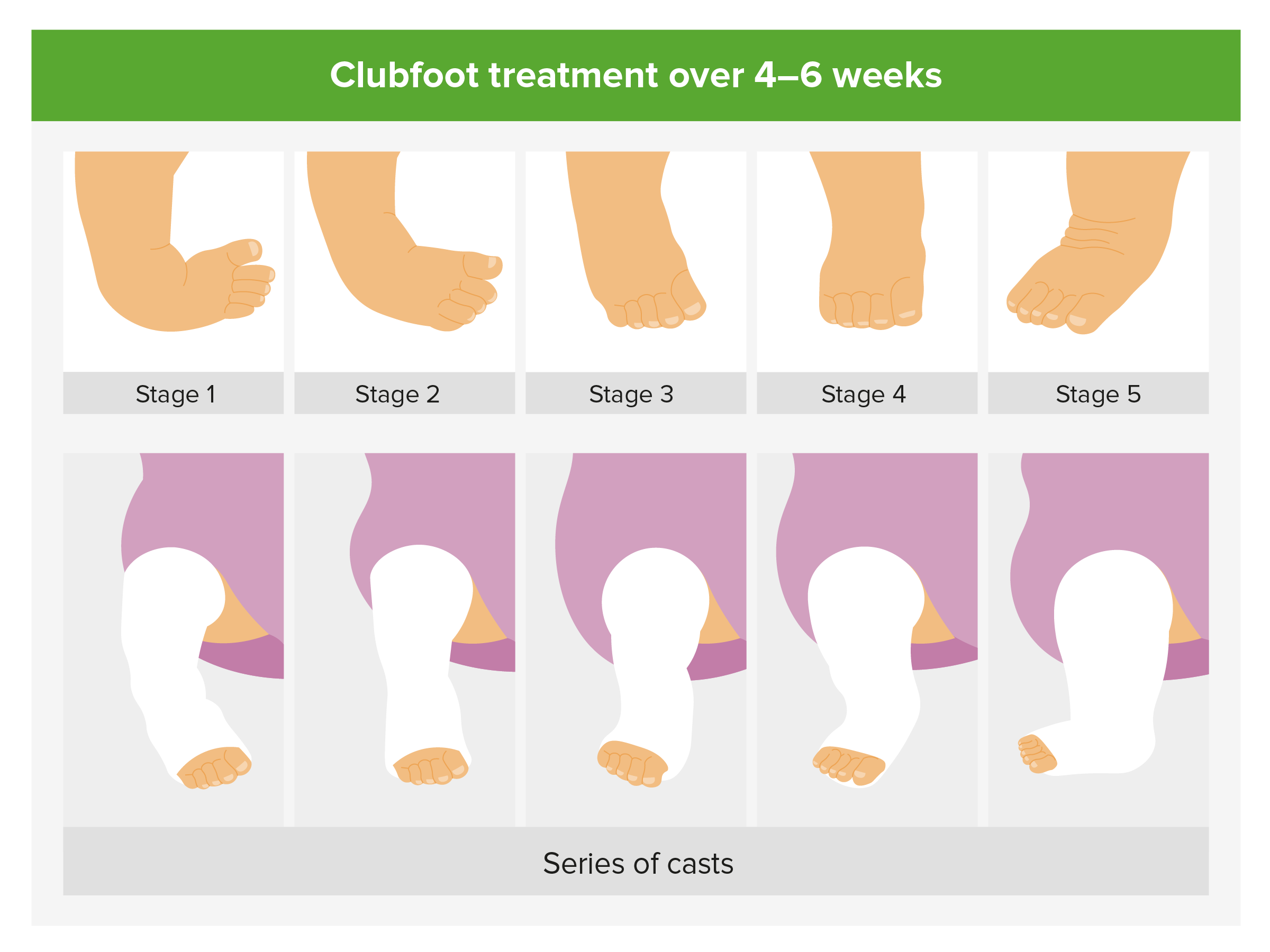



Foot Deformities Concise Medical Knowledge




Club Foot In Infants Reasons Signs Remedies




Please Put My Mind At Ease March Babies Forums What To Expect




Clubfoot Foot And Ankle Deformities Principles And Management Of Pediatric Foot And Ankle Deformities And Malformations 1 Ed



Ssrd Interesting Cases Fetal Clubfoot Ultrasound Image 3d Image
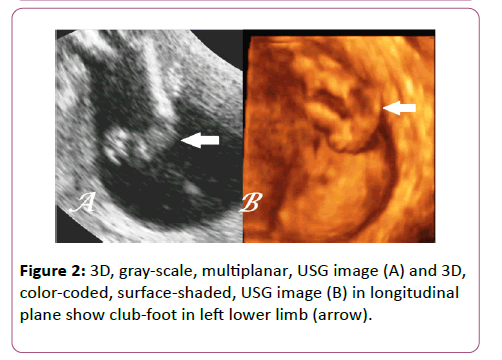



Antenatal 3d Usg In Unilateral Club Foot A Rare Anomaly Insight Medical Publishing
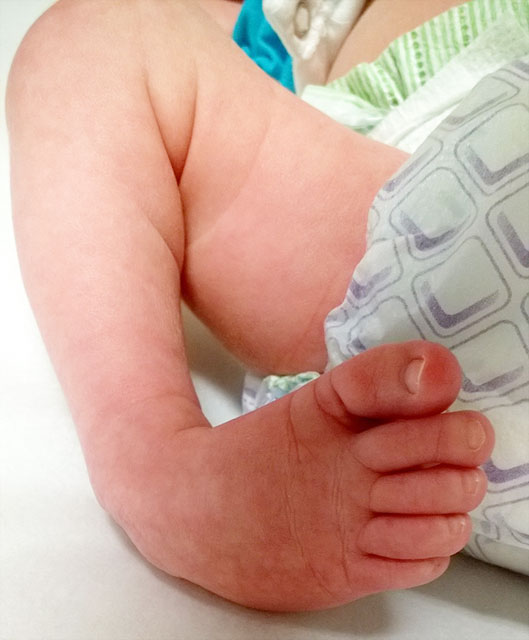



Clubfoot Johns Hopkins Medicine




Prenatal Ultrasound Diagnosis Of Club Foot The Bone Joint Journal




Congenital Talipes Equinovarus Radiology Reference Article Radiopaedia Org




The Clubfoot Chronicles The Saga Begins
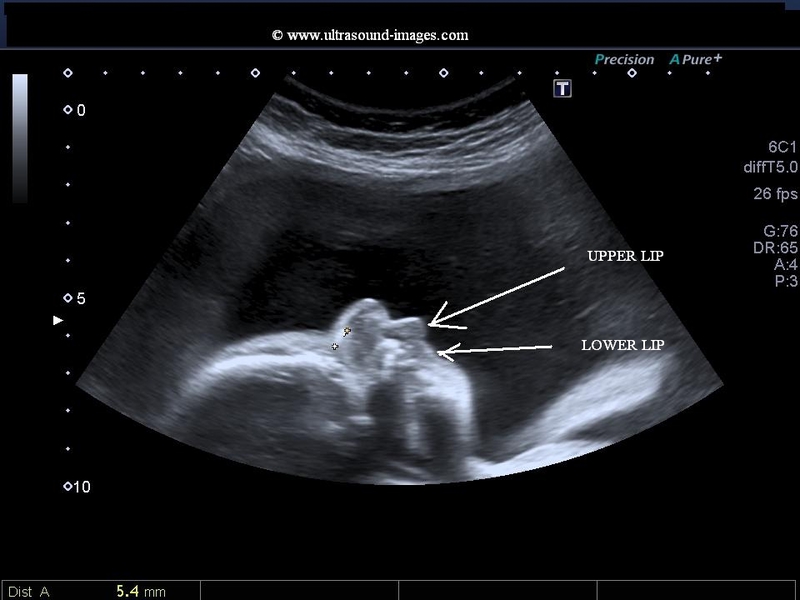



A Gallery Of High Resolution Ultrasound Color Doppler 3d Images Fetal Face And Neck




First Trimester Physiological Development Of The Fetal Foot Position Using Three Dimensional Ultrasound In Virtual Reality Bogers 19 Journal Of Obstetrics And Gynaecology Research Wiley Online Library



Club Foot rsh




21 Ideer Om Ultrasound Fetal Anomalies



Before Going To Doctor Which Must Know About Clubfoot Rxharun
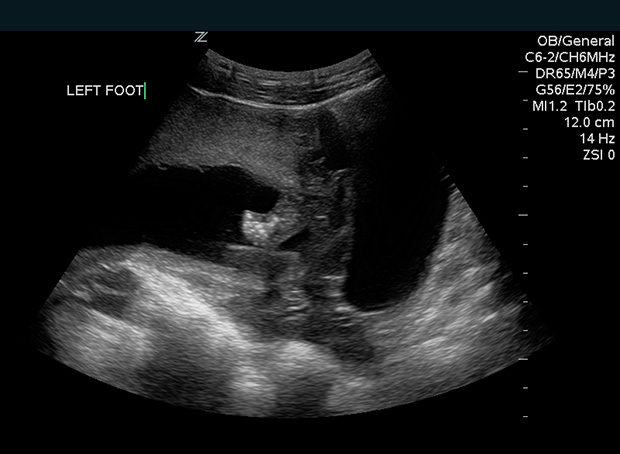



Club Foot




My Journey With Baby S Positional Clubfoot Part 1 Baby Gizmo




Pdf Prenatal Ultrasound Diagnosis Of Club Foot Outcome And Recommendations For Counselling And Follow Up Semantic Scholar
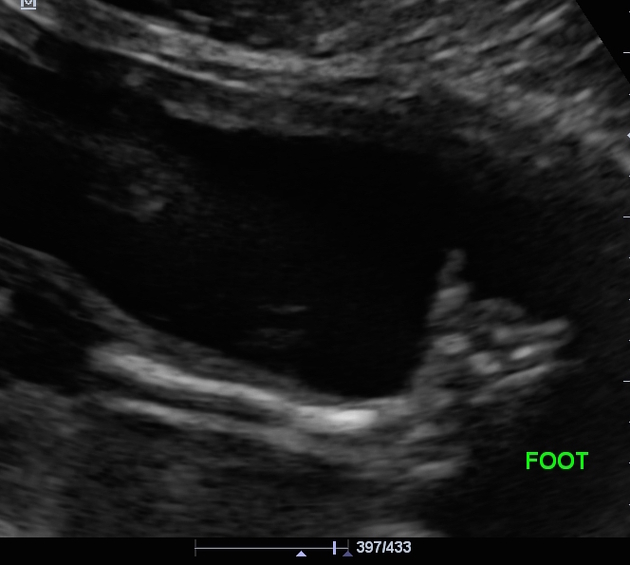



Club Foot Radiology Case Radiopaedia Org
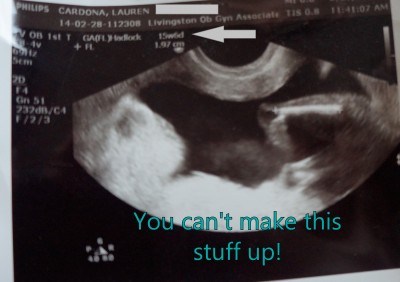



My Journey With Baby S Positional Clubfoot Part 1 Baby Gizmo
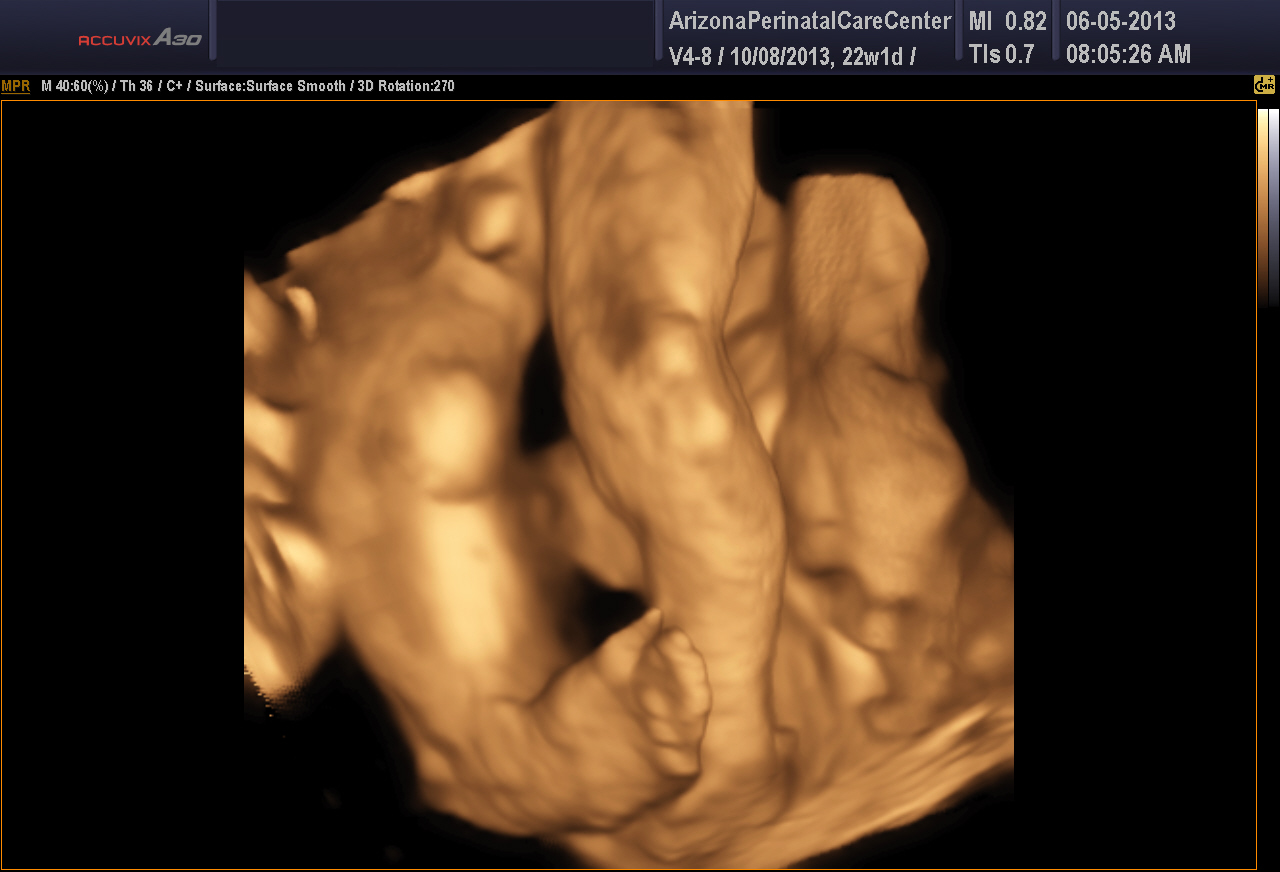



Untitled By Kelsey Shaylea On Emaze
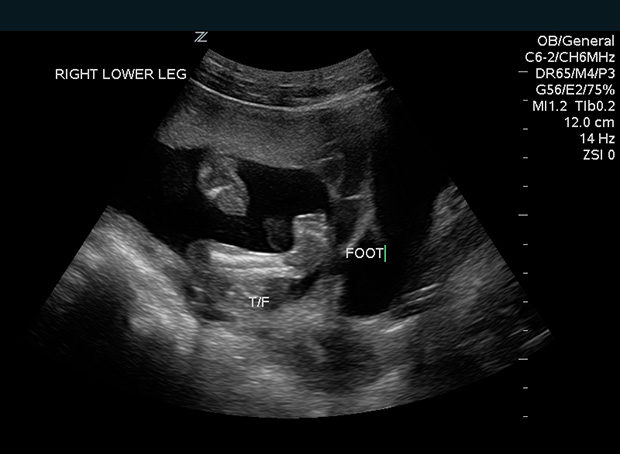



Club Foot




Club Foot May 22 Babies Forums What To Expect



Misdiagnosed Clubfoot




Clubfoot In Children Lurie Children S




Clubfoot Versus Positional Foot Deformities On Prenatal Ultrasound Imaging Brasseur Daudruy Journal Of Ultrasound In Medicine Wiley Online Library



1
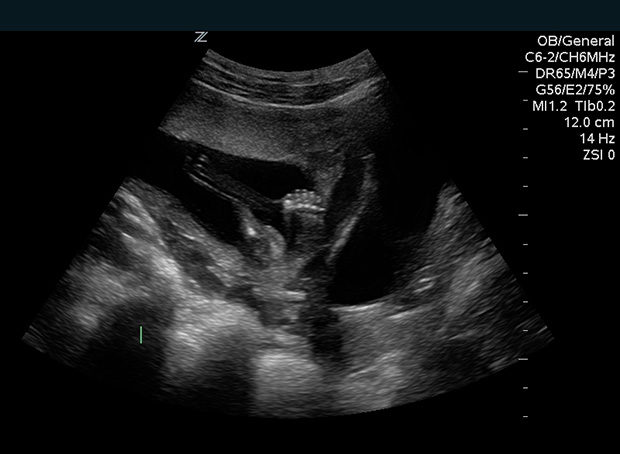



Club Foot




Ultrasound Video Showing A Case Of Club Foot Also Called Talipes Equinovarus Tev Youtube




Ultrasound Video Showing Fetal Anomalies Clubfoot Encephalocele Kyphosis And Placental Mass Youtube




Kentucky Family Describes Clubfoot Treatment Process Whas11 Com




Pdf Prenatal Ultrasound Diagnosis Of Club Foot Outcome And Recommendations For Counselling And Follow Up Semantic Scholar
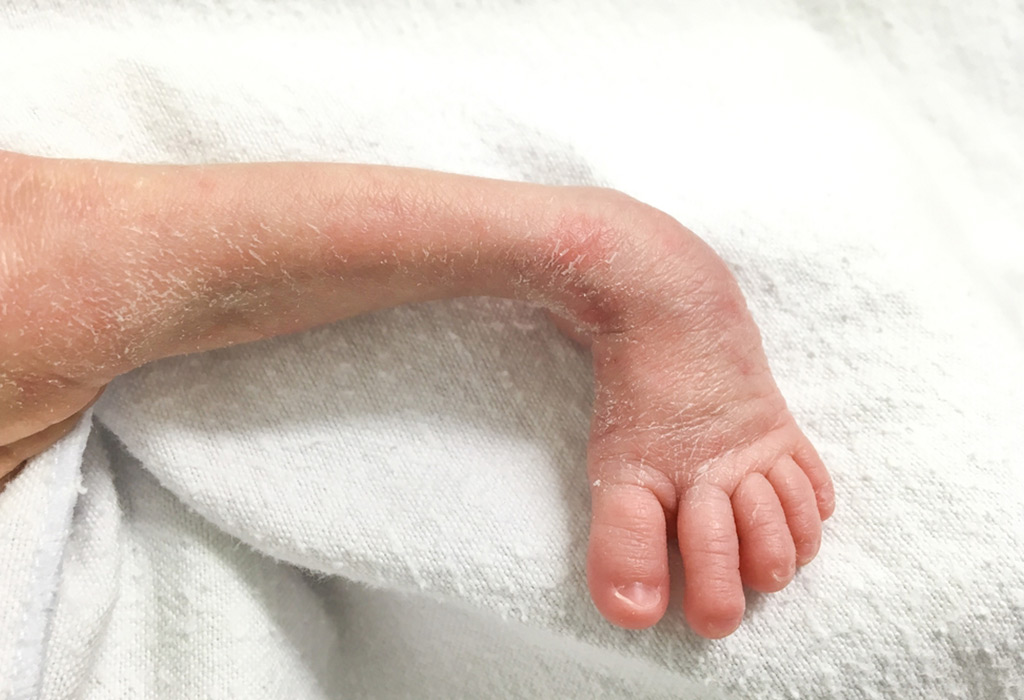



Club Foot In Infants Reasons Signs Remedies



Clubfoot
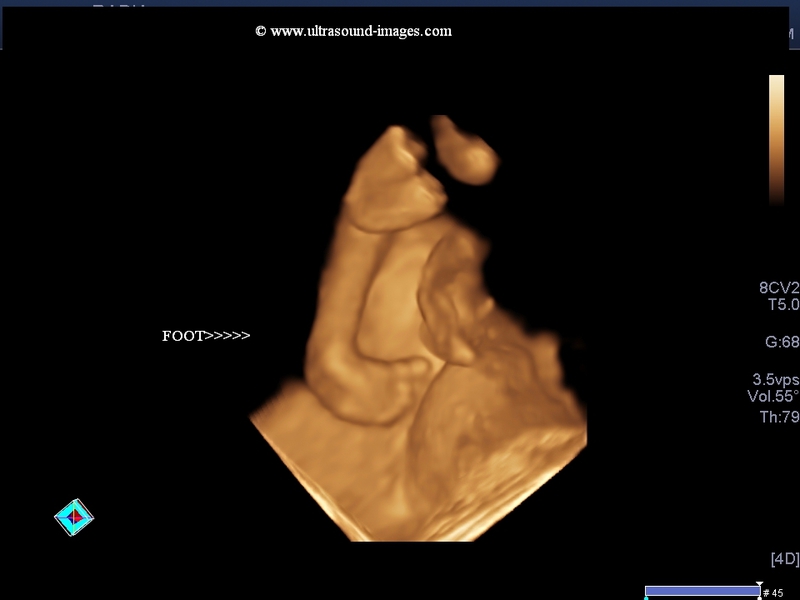



A Gallery Of High Resolution Ultrasound Color Doppler 3d Images Fetal Face And Neck




The Ultrasound Images Of Fetus Diagnosed As Clubfoot Download Scientific Diagram




Three Dimensional 3d Ultrasound Studies A Bilateral Club Foot Download Scientific Diagram
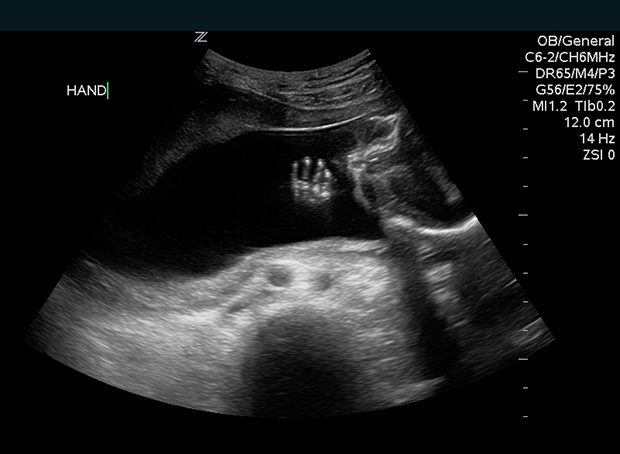



Club Foot
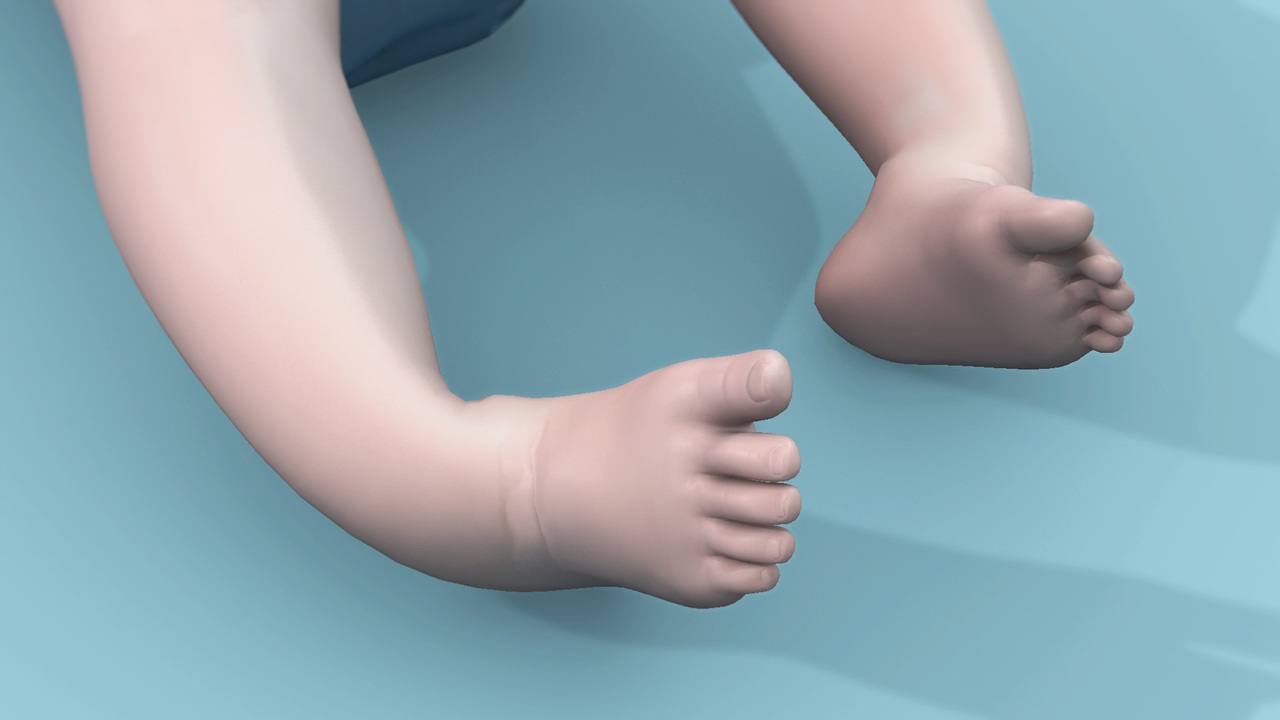



Clubfoot Treatment Bilateral Club Feet Foot Pain




Club Foot Antenatal Ultrasound Radiology Case Radiopaedia Org
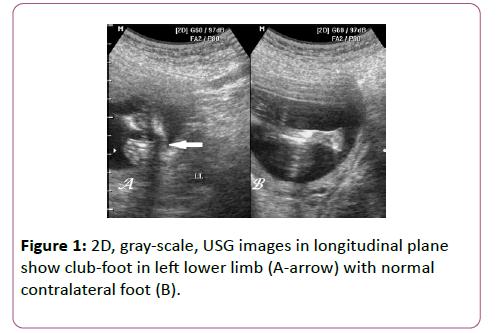



Antenatal 3d Usg In Unilateral Club Foot A Rare Anomaly Insight Medical Publishing
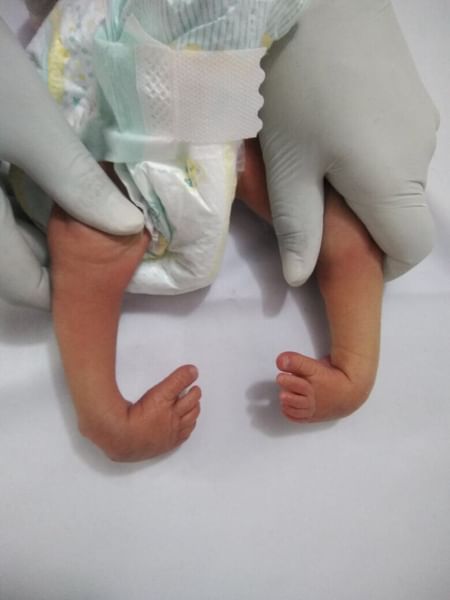



Clubfoot What You Need To Know By Dr Nargesh Agrawal Lybrate




Clubfoot Boston Children S Hospital
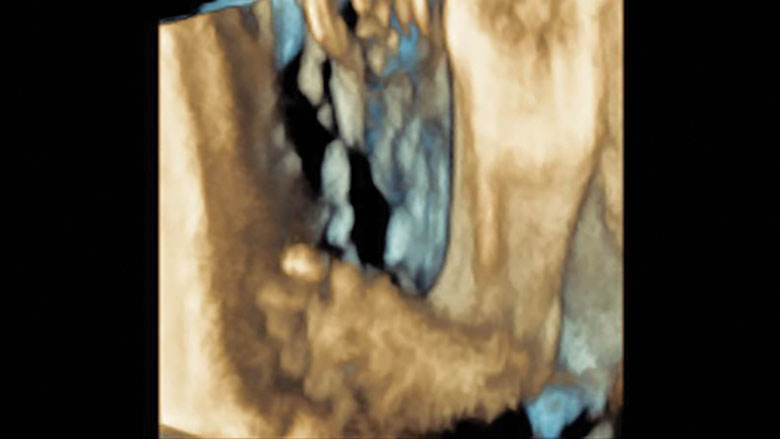



Tackling Talipes Early With A Team Approach Children S Hospital Of Philadelphia




Just Had Anatomy Scan What Do Y All Think Clubfoot Forums What To Expect



Prenatal Detection Of Clubfoot Key Points The Obg Project



Clubfoot Orthoinfo os
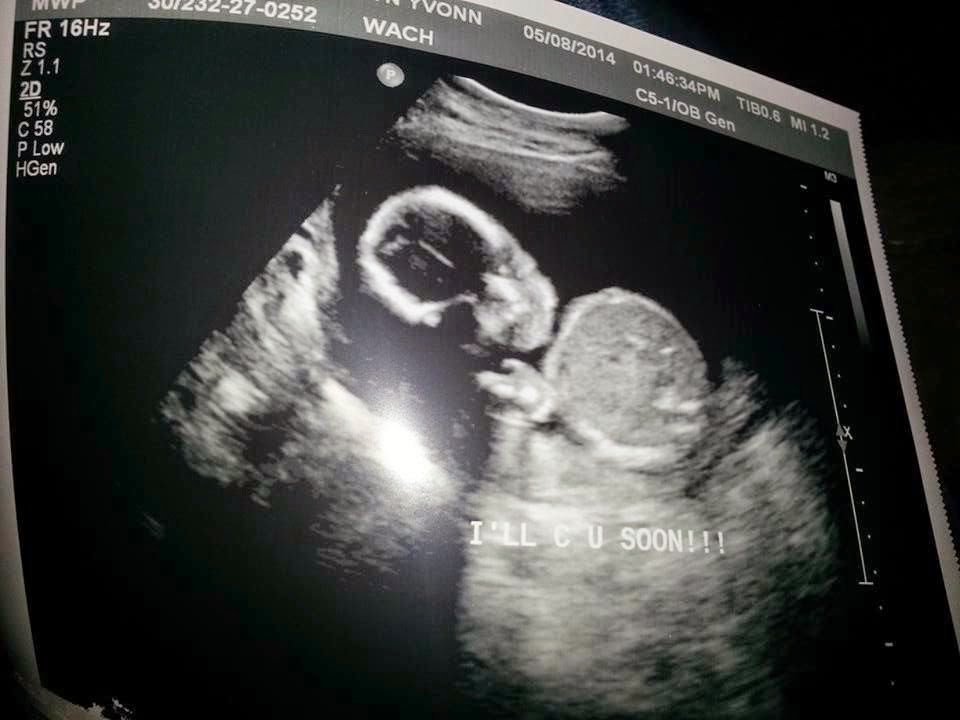



Reviews Chews How Tos Penelope S Clubfoot Journey So Far
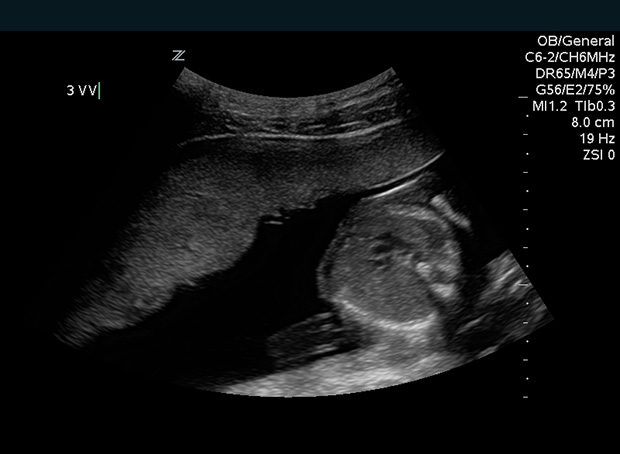



Club Foot



0 件のコメント:
コメントを投稿